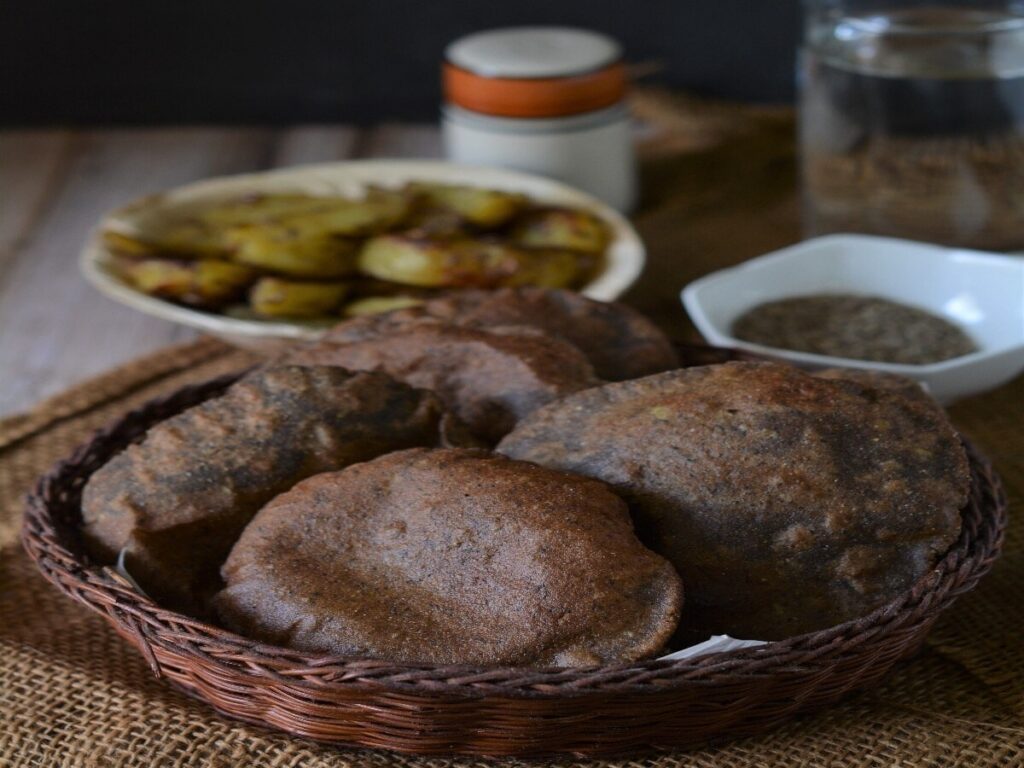Fasting is an integral part of many cultures and religions, and during these periods, specific foods are consumed to maintain the sanctity of the fast. Among these foods, buckwheat flour (kuttu) and water chestnut flour (singhara) are commonly used. However, there is growing concern over adulteration in these flours, which can pose health risks. This article will explore effective methods for determining the purity of buckwheat and water chestnut flour, ensuring that your fasting experience remains healthy and authentic.
Understanding Buckwheat and Water Chestnut Flour
Buckwheat flour, made from the seeds of the buckwheat plant, is rich in nutrients and gluten-free, making it a popular choice for those observing fasts. Water chestnut flour, derived from the water chestnut, is also gluten-free and provides a unique taste and texture. Both flours serve as great substitutes for wheat flour during fasting.
The Risks of Adulteration
Adulteration of flours can occur due to the presence of cheaper and harmful substances mixed in. This not only affects the nutritional value but can also lead to health issues such as allergies or digestive problems. Therefore, it is crucial to ensure that the flours we use are pure.
Common Adulterants Found in Kuttu and Singhara Flour
| Flour Type | Common Adulterants | Possible Health Risks |
|---|---|---|
| Kuttu (Buckwheat Flour) | Wheat flour, starch, clay | Allergies, digestive issues |
| Singhara (Water Chestnut Flour) | Starch, talcum powder | Intestinal problems, poisoning |
Testing for Purity
Here are some effective methods you can use at home to test the purity of kuttu and singhara flour:
1. Water Dissolution Test
Take a spoonful of the flour and mix it in a glass of water. Allow it to settle for a few minutes. If the flour is pure, it will settle down without any cloudiness. If you see a cloud or sediments, the flour is likely adulterated.
2. Smell and Taste Test
Pure flours have a distinctive, natural aroma. Take a small amount of the flour and taste it. Adulterated flours may have an unusual taste or smell due to the impurities added.
3. Burning Test
Take a small quantity of flour and burn it on a hot surface. Pure flour will burn down completely without leaving a residue. If you notice a residue, it may indicate the presence of starch or other adulterants.
Choosing Quality Flour
When purchasing buckwheat and water chestnut flour, opt for reputable brands or local producers who offer transparency about their sourcing and production processes. Always check for quality certifications and read labels carefully.
Conclusion
Ensuring the purity of kuttu and singhara flour is essential for a healthy fasting experience. By employing the methods outlined above, you can confidently choose flours that are free from harmful adulterants. Taking these steps will not only contribute to your health but also preserve the authenticity of your fasting traditions.
